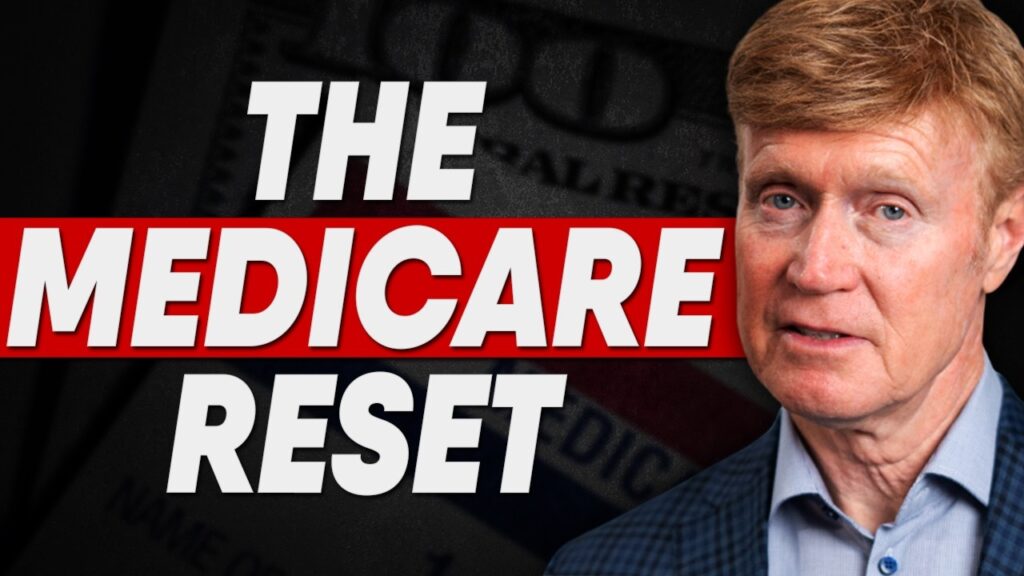Medicare 2026: What You Need to Know About Upcoming Changes to Parts A, B, and Supplemental Plans

Change is inevitable, and nowhere is that more evident than in Medicare. As 2026 approaches, beneficiaries can expect adjustments across nearly every part of their coverage from rising Part A and B costs to increased supplemental plan premiums and significant changes in Medicare Advantage and drug plans. Understanding these updates now is the best way to prepare, avoid surprises, and make confident decisions during open enrollment.
Preparing for Change in Medicare
Every year brings updates to Medicare, but 2026 will be particularly significant. Costs for Parts A and B are rising, supplemental (Medigap) plans are seeing rate increases, and millions of Advantage plans are being discontinued or crosswalked into new ones. Being proactive reviewing your coverage and the Annual Notice of Change (ANO) can make the difference between smooth sailing and unexpected out-of-pocket costs.
Medicare Part A: Inpatient Coverage Adjustments
Medicare Part A covers inpatient hospital stays, skilled nursing, and hospice care. Most beneficiaries pay $0 for Part A because they’ve worked at least 40 quarters (10 years) and paid Medicare taxes.
However, about 1% of the population pays for Part A:
- $518/month if they worked fewer than 30 quarters
- $285/month for those with 30–39 quarters
In 2026, those who pay for Part A are expected to see increases in these monthly premiums due to inflation and higher healthcare costs. Beneficiaries in this category should budget accordingly or review if they now qualify for premium-free coverage through a spouse’s work history.
Medicare Part B: Outpatient Premium Increases
Part B covers outpatient services such as doctor visits, preventive care, and lab work. The current premium of $185/month is expected to rise by $20–$22 (about 10–11%) in 2026.
These premiums are based on modified adjusted gross income (MAGI) from two years prior. For higher earners, the income-related adjustment threshold may increase to around $109,000 for individuals and $218,000 for married couples.
If your income is close to these limits, consider strategies like Roth conversions or capital gains management to keep premiums lower.
Medicare Supplemental (Medigap) Plans: Rate Increases Ahead
Medicare supplemental plans such as Plan F, G, and N fill the gaps in Original Medicare by covering deductibles, copays, and coinsurance. Unlike Advantage plans, Medigap policies can be changed any time of the year, though underwriting is often required.
Recent years have seen 10–20% premium increases, driven by medical inflation and a surge in claims following delayed care from the pandemic.
Key differences:
- Plan F: Full coverage but highest cost (only available to those eligible before 2020).
- Plan G: Covers all gaps except the Part B deductible.
- Plan N: Slightly lower premiums but includes small copays and excludes some coverage.
Switching from Plan F to Plan G or N can save $50–$100/month, but most states require underwriting health questions and sometimes a doctor’s statement.
Underwriting and State Rules
Most states require underwriting to switch Medigap plans, but there are exceptions. States like California and Oregon offer a “birthday rule,” allowing beneficiaries to switch plans within 30–60 days of their birthday without underwriting.
If you apply for a plan and are declined, you can stay on your current plan there’s no penalty for trying. Working with an experienced, independent Medicare agent can simplify this process and help you identify switching opportunities.
Rising Popularity of Medicare Advantage
For many, the rising cost of supplemental insurance is making Medicare Advantage (Part C) plans more attractive. These plans often have $0 premiums, though they operate on a pay-as-you-go system with copays and provider networks.
- HMO Plans: Require referrals and in-network care.
- PPO Plans: Offer out-of-network options but at a higher cost.
- Maximum Out-of-Pocket (MOOP): Typically ranges from $3,000 to $10,000 annually.
Switching to an Advantage plan requires no underwriting, and enrollment is available annually from October 15 to December 7.
Enrollment Periods to Know
- Annual Enrollment Period (AEP): October 15 – December 7
- Switch between Medicare Advantage and Medigap or change drug plans.
- New coverage begins January 1.
- Open Enrollment Period (OEP): January 1 – March 31
- For Advantage plan members who wish to change or revert to Original Medicare.
Beneficiaries should review their Annual Notice of Change (ANO) mailed by October 1 to understand premium adjustments, new networks, and prescription coverage changes.
Standalone Prescription Drug Plans (Part D)
Part D drug plans are also changing significantly:
- Deductible: Increasing to $615 in 2026 (up from $590 in 2025).
- Maximum Out-of-Pocket (MOOP): Set at $2,100 in 2026.
- Premiums: Some plans may rise by up to $50 per month.
Reviewing your ANO is crucial many plans change their formularies, meaning a medication covered in 2025 may not be covered in 2026.
Advantage Plan Terminations and Crosswalks
Approximately 2 million Medicare Advantage plans are being terminated or crosswalked into new plans for 2026. While a crosswalk automatically transitions you to a similar plan, you must verify that the new plan’s premiums, networks, and benefits meet your needs.
Ignoring these notices could leave you stuck with a plan that doesn’t fit your coverage requirements or worse, one that excludes your doctors or medications.
Independent Agents vs. Call Centers
Who you work with matters.
- Independent brokers represent multiple insurance companies, offering personalized comparisons.
- Captive agents can only sell one company’s plans.
- Call centers and 800 numbers often sell your information as leads to multiple agents.
Choosing an independent broker ensures unbiased advice and ongoing support, especially as plans evolve each year.
Bottom Line: Be Proactive Before 2026
Medicare is changing premiums, deductibles, and plan structures are all being adjusted. To stay ahead:
- Review your Annual Notice of Change (ANO) carefully.
- Compare your supplemental and Advantage plan options.
- Work with an independent Medicare expert who can guide you through changes without pressure.
- Budget for higher premiums and deductibles in 2026.
By preparing now, you can protect both your coverage and your wallet ensuring that Medicare continues to work for you, not against you.







